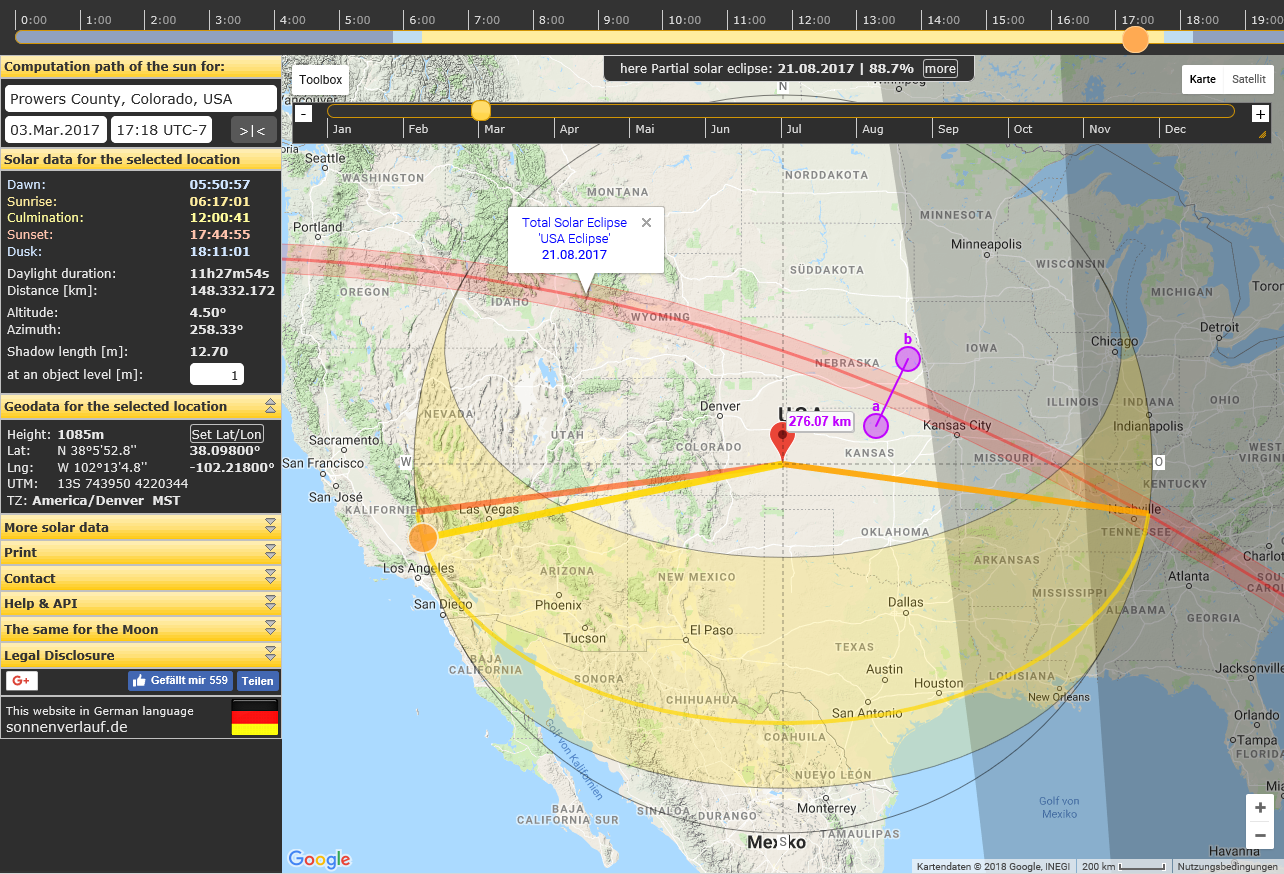Hedges
I See Electromagnetic Fields!
- Joined
- Mar 28, 2020
- Messages
- 20,682
50 kWh/day in summer is not a big deal to implement. 8kW to 10kW of panels, can be had around $2500 for old stuff, $4000 for relatively nice, $5000 and up new. Some inverters in the $1500 range, similar for 5kWh batteries. If you scrounge mounting hardware, might spend as $6k to $10k for a system with 10kWh storage, buffering loads like A/C all day long and modest load at night. About $80/month amortized over a decade.
5 kWh of batteries is a good buffer for daytime usage, like big PV array and inefficient A/C. So long as you don't have to run A/C after sundown.
PV strings aimed and morning and afternoon sun will provide more flat power curve.
Something like this at the house:

And these (assuming they work even though they say "for repair") at the array:

Or up to four of these, if you're not a gambling man:

Would give you a powerful system similar to mine.
I run AC all day no problem, may not make it through the night with multiple old refrigerators, yard lights, tube amp.
These could cost you $7600 plus shipping and maybe tax.
12kW from batteries + 24kW from PV.
Have to pay attention to what batteries you want to use. Lead-acid is easy, but for lithium it is preferred they have compatible BMS.
5 kWh of batteries is a good buffer for daytime usage, like big PV array and inefficient A/C. So long as you don't have to run A/C after sundown.
PV strings aimed and morning and afternoon sun will provide more flat power curve.
Something like this at the house:

Battery Inverter Solar Cabinet: (QTY 2) SMA Sunny Island SI-6048 w/ Warranty | eBay
These cabinets were designed and built by DC Solar. If you use the cabinet as-is there are only 2 connections required to have a functioning system (battery connection and solar panel connection). This setup will generate power even when there is no connection to the power grid.
www.ebay.com
And these (assuming they work even though they say "for repair") at the array:

Lot of 4 - SMA Technologies Sunny Boy (3) SB 5000-US Inverter, and (1) SB 7000 | eBay
Find many great new & used options and get the best deals for Lot of 4 - SMA Technologies Sunny Boy (3) SB 5000-US Inverter, and (1) SB 7000 at the best online prices at eBay! Free shipping for many products!
www.ebay.com
Or up to four of these, if you're not a gambling man:

SMA SunnyBoy SB6000 US 6kW Solar Power Inverter - w/ Mounts + AC/DC Disconnects | eBay
Find many great new & used options and get the best deals for SMA SunnyBoy SB6000 US 6kW Solar Power Inverter - w/ Mounts + AC/DC Disconnects at the best online prices at eBay! Free shipping for many products!
www.ebay.com
Would give you a powerful system similar to mine.
I run AC all day no problem, may not make it through the night with multiple old refrigerators, yard lights, tube amp.
These could cost you $7600 plus shipping and maybe tax.
12kW from batteries + 24kW from PV.
Have to pay attention to what batteries you want to use. Lead-acid is easy, but for lithium it is preferred they have compatible BMS.




